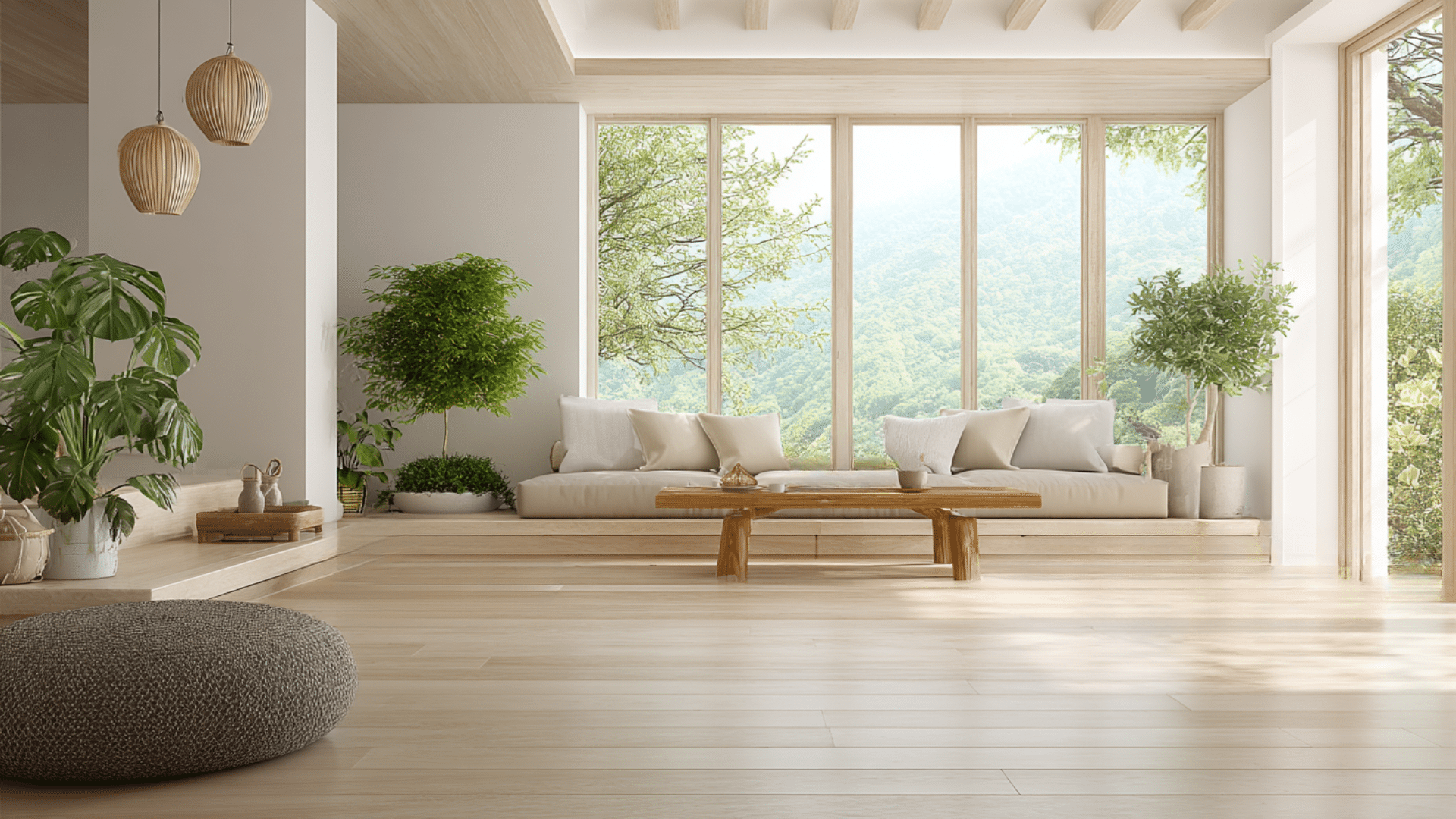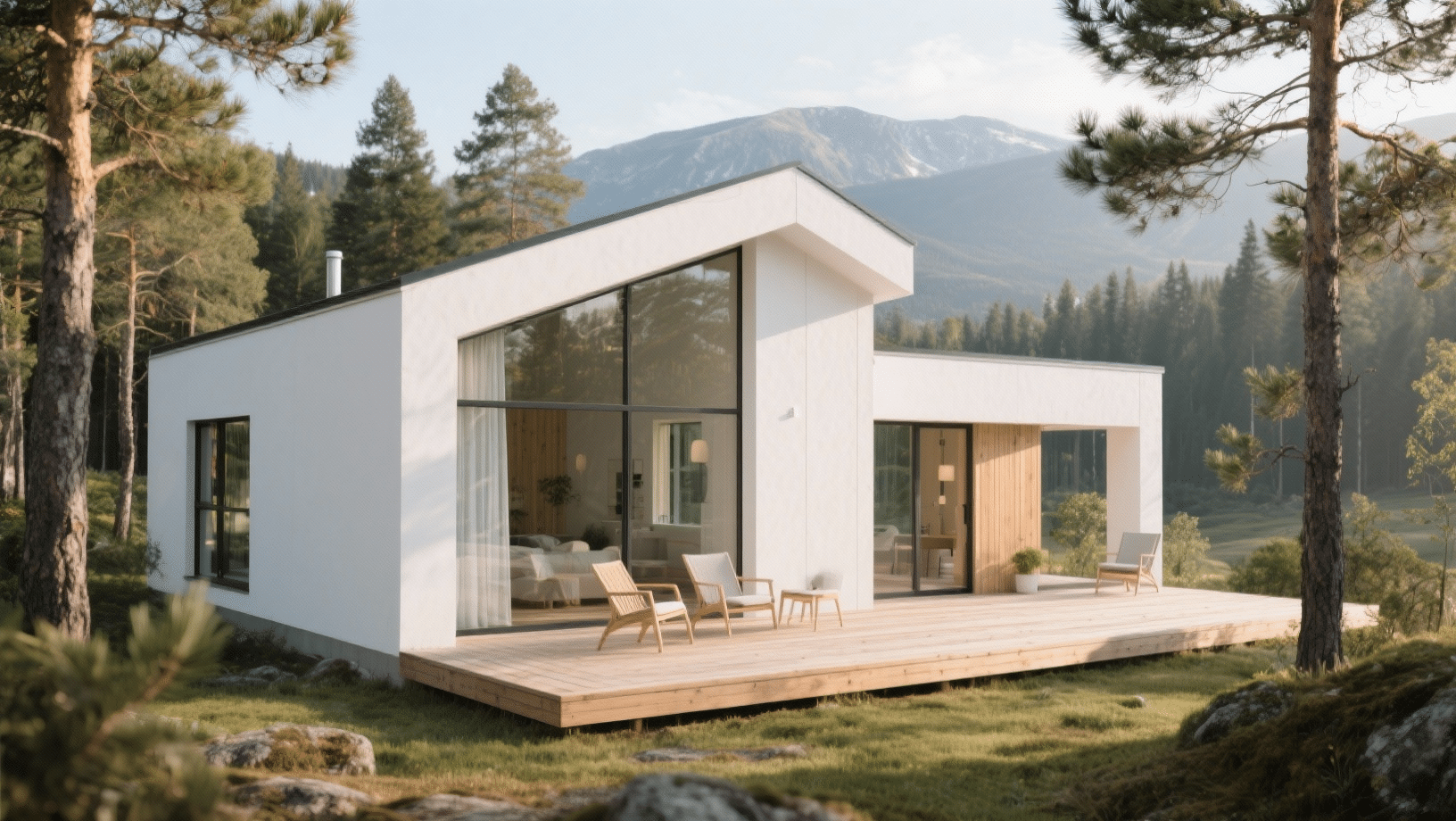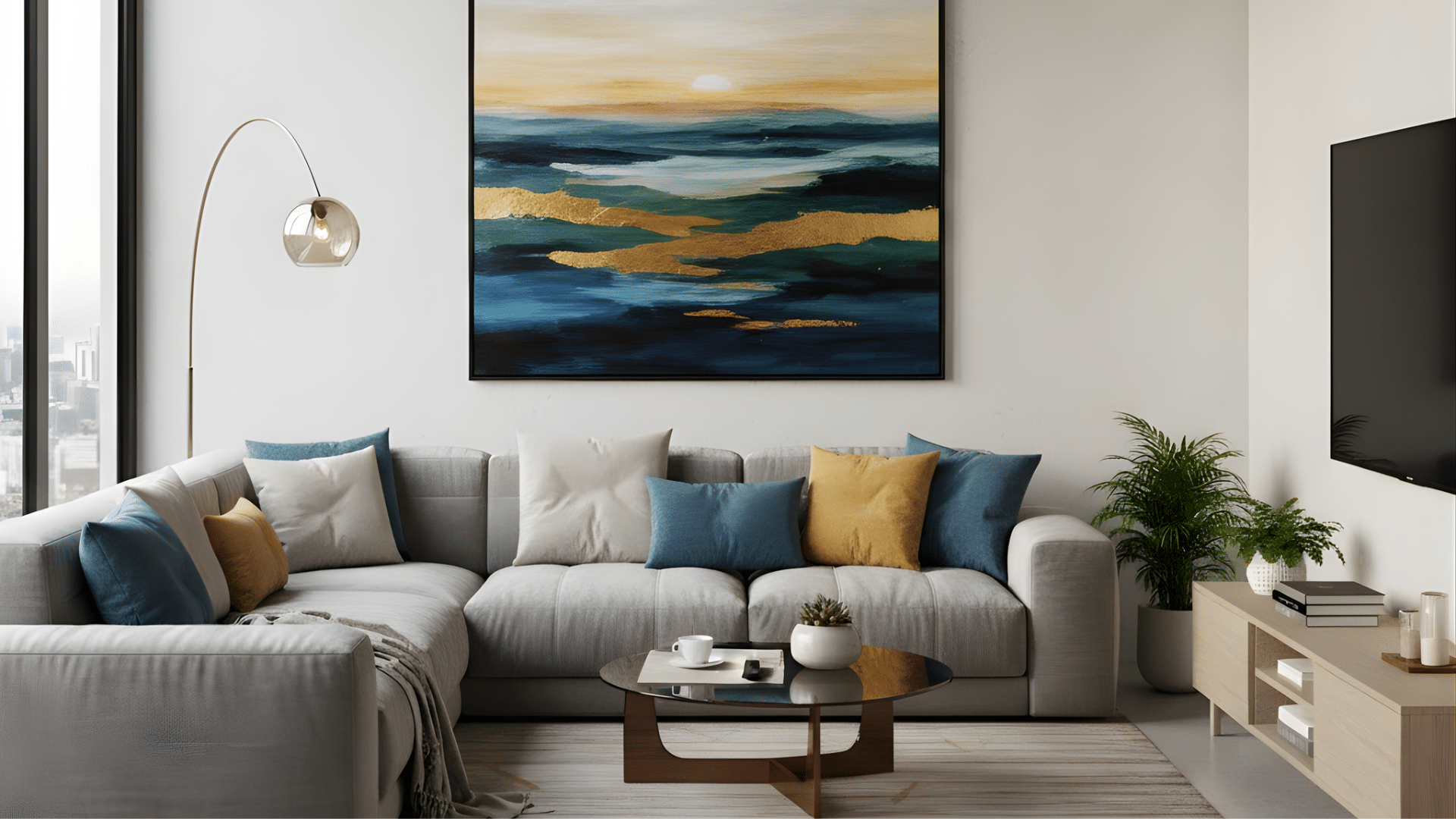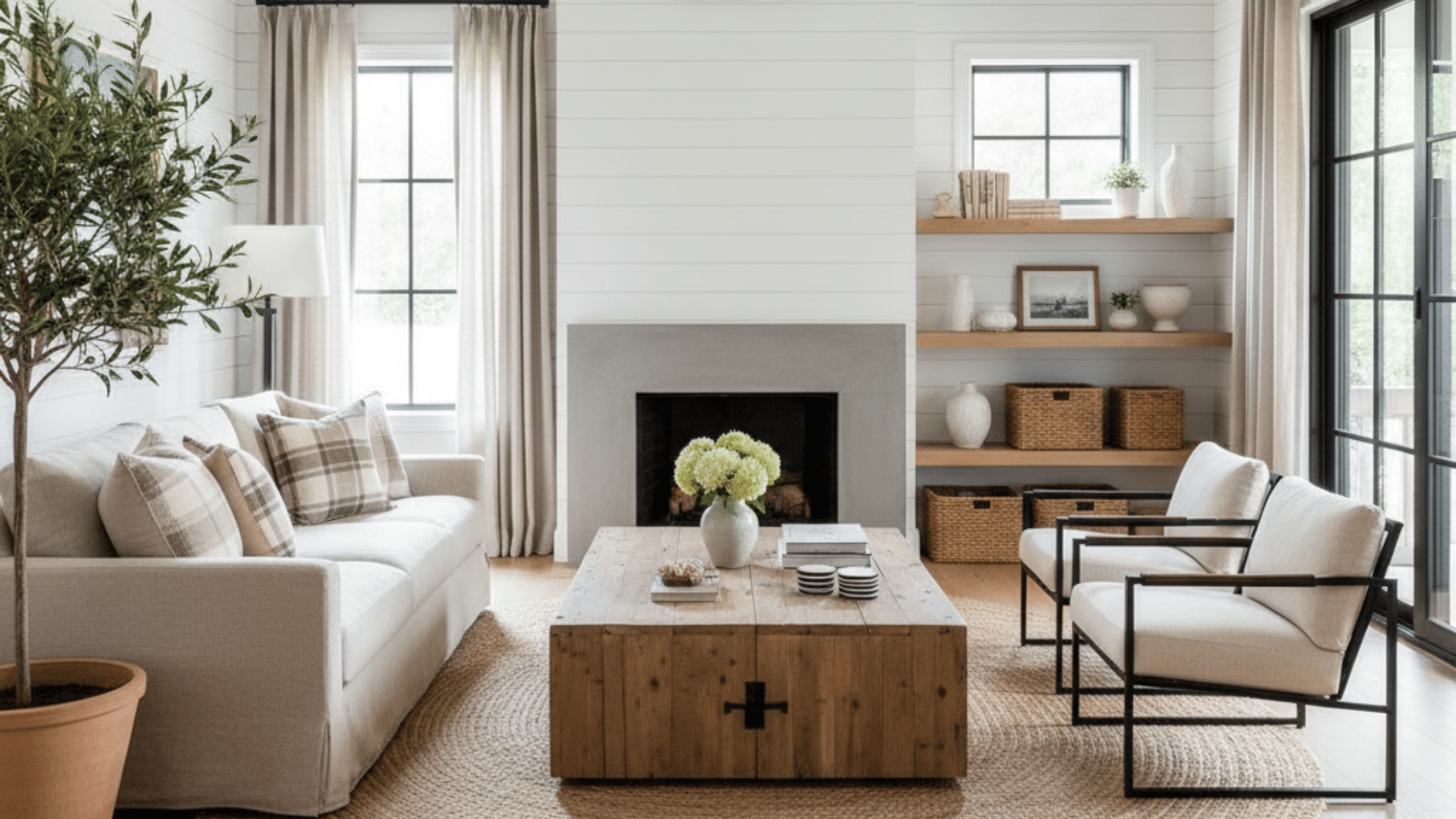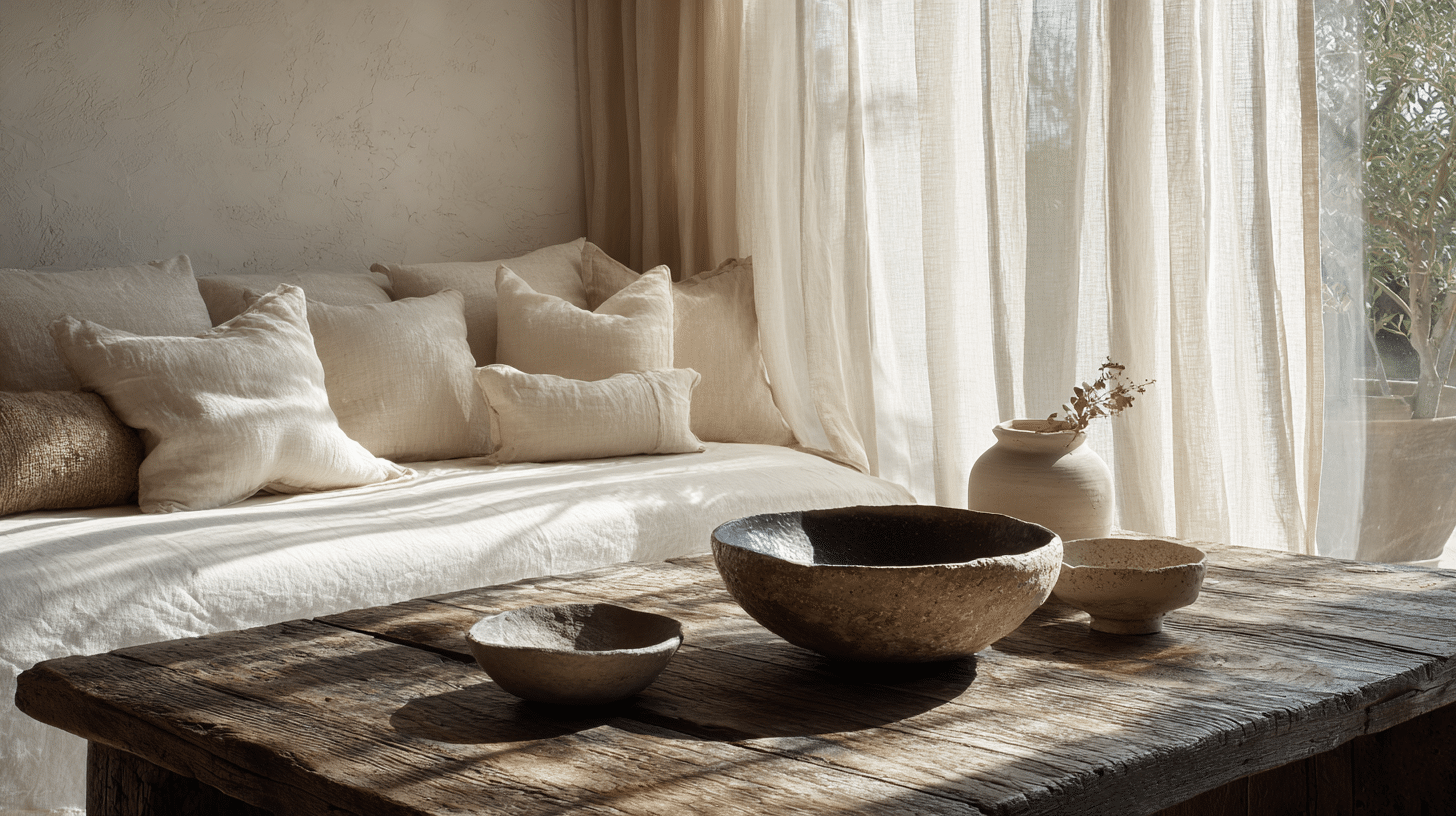More people today want spaces that feel calm and peaceful. Yet many homes feel cluttered and stressful instead of relaxing.
Japanese home design offers a simple solution. It creates rooms that bring peace and balance to your daily life.
This blog will outline the key features of traditional Japanese-style homes. You’ll learn about modest furniture choices and natural materials.
Get practical ideas of Japanese interiors. By the end, you’ll know exactly how to bring Japanese design principles into your own home.
Defining Japanese Style Homes
Japanese-style homes are characterized by simplicity, natural materials, and a harmonious relationship with the environment.
They use wood, paper, and tatami mats, with sliding doors and flexible layouts that make spaces multipurpose.
A strong connection to nature is central, with gardens, verandas, and large windows that frame outdoor views.
Interiors adhere to minimalist principles, creating balance, clean lines, and natural colors, often guided by concepts such as wabi-sabi (beauty in imperfection) and ma (the artful use of space).
Traditional touches, such as alcoves (tokonoma) for art or flowers, blend seamlessly with modern needs, making Japanese homes calm, flexible, and timeless in design.
Key Design Elements of Japanese Style Home
Japanese design means knowing its core elements. These features work together to create spaces that feel balanced and peaceful.
Natural Materials
Wood, bamboo, and stone form the foundation of Japanese homes. These materials age beautifully, connecting your space to nature. They also bring coziness without feeling heavy or overwhelming.
Sliding Doors (Shoji)
Traditional sliding doors conserve space and allow light to flow freely between rooms, enhancing the overall ambiance. They’re made with wooden frames and paper or fabric panels.
You can easily reconfigure your space as needed.
Tatami Mat Flooring
Woven straw mats provide soft, natural flooring. They smell fresh and feel comfortable under your feet. Tatami mats also help define different areas within larger rooms.
Minimalist Furniture
Low-profile furniture keeps sight lines open and rooms feeling spacious. Think floor cushions, low tables, and simple storage. Less furniture means more room to breathe and move.
Clean Lines and Geometric Shapes
Straight edges and simple forms create visual calm. Japanese design avoids busy patterns or ornate details. This keeps your eye relaxed instead of constantly searching for focus.
These elements combine to create homes that feel both modern and timeless.
Japanese Decor Ideas
Japanese-style home ideas for your space. Here are practical ideas you can use in any home to create that calm, balanced feeling.
1. Create a Zen Garden Corner
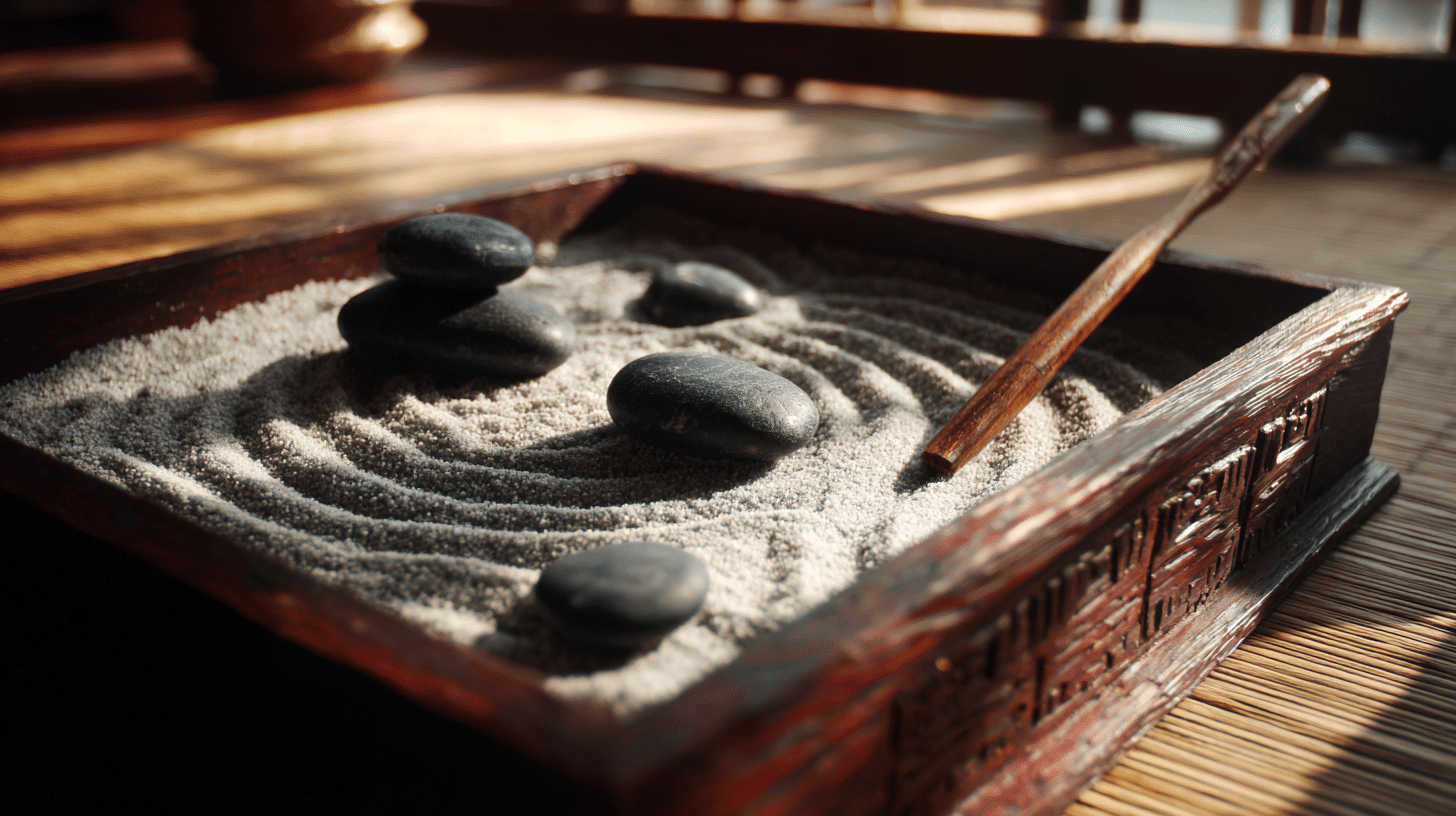
Turn a small outdoor space or even a tabletop into a mini zen garden. Use white sand, smooth stones, and a small rake.
This gives you a peaceful spot for morning meditation or quiet reflection after work.
2. Install Floor Seating Areas
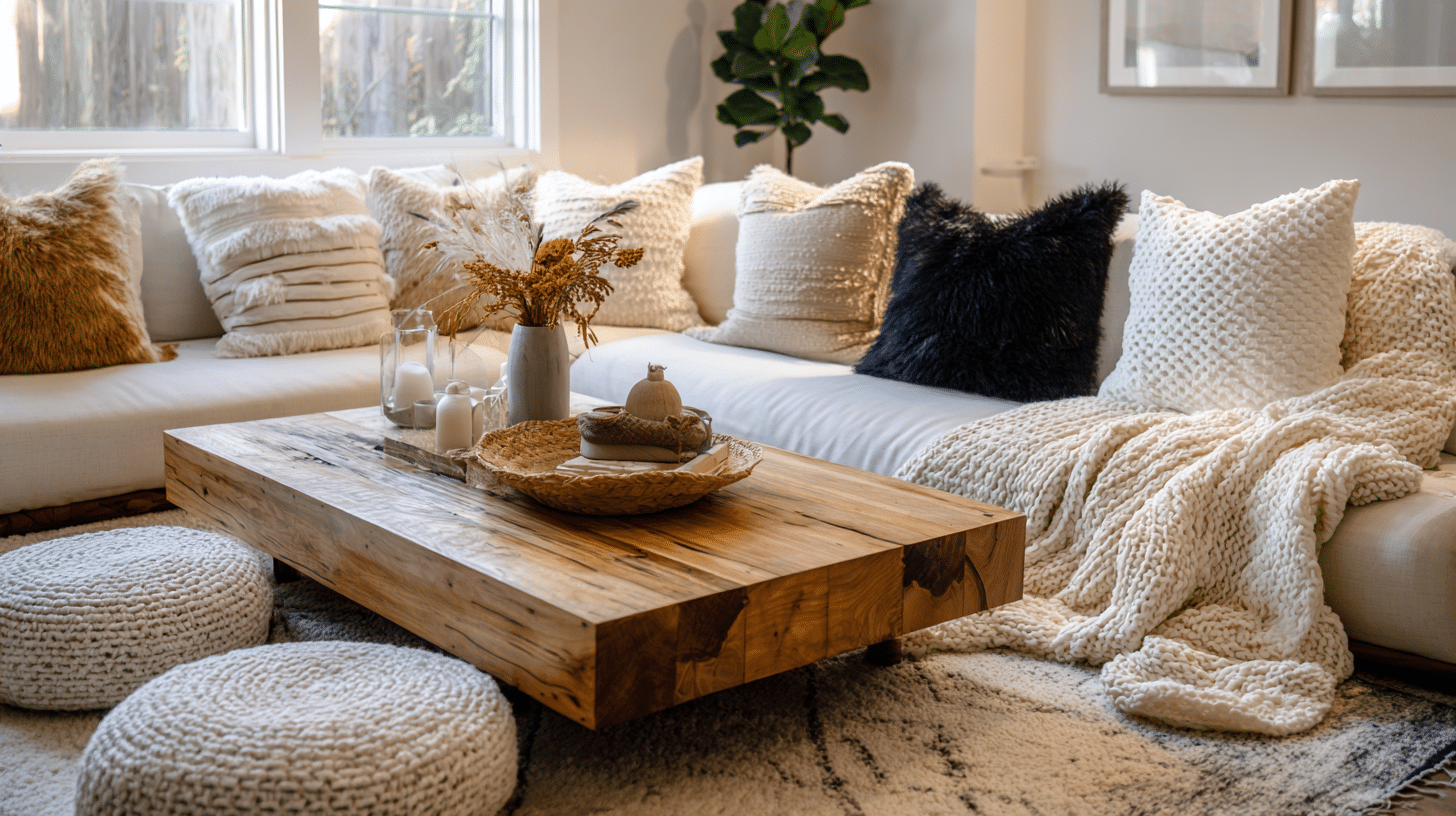
Replace your regular sofa with floor cushions and a low coffee table.
This creates an intimate space for family gatherings. Add soft throws for extra comfort during movie nights or casual conversations with friends.
3. Use Room Dividers Instead of Walls
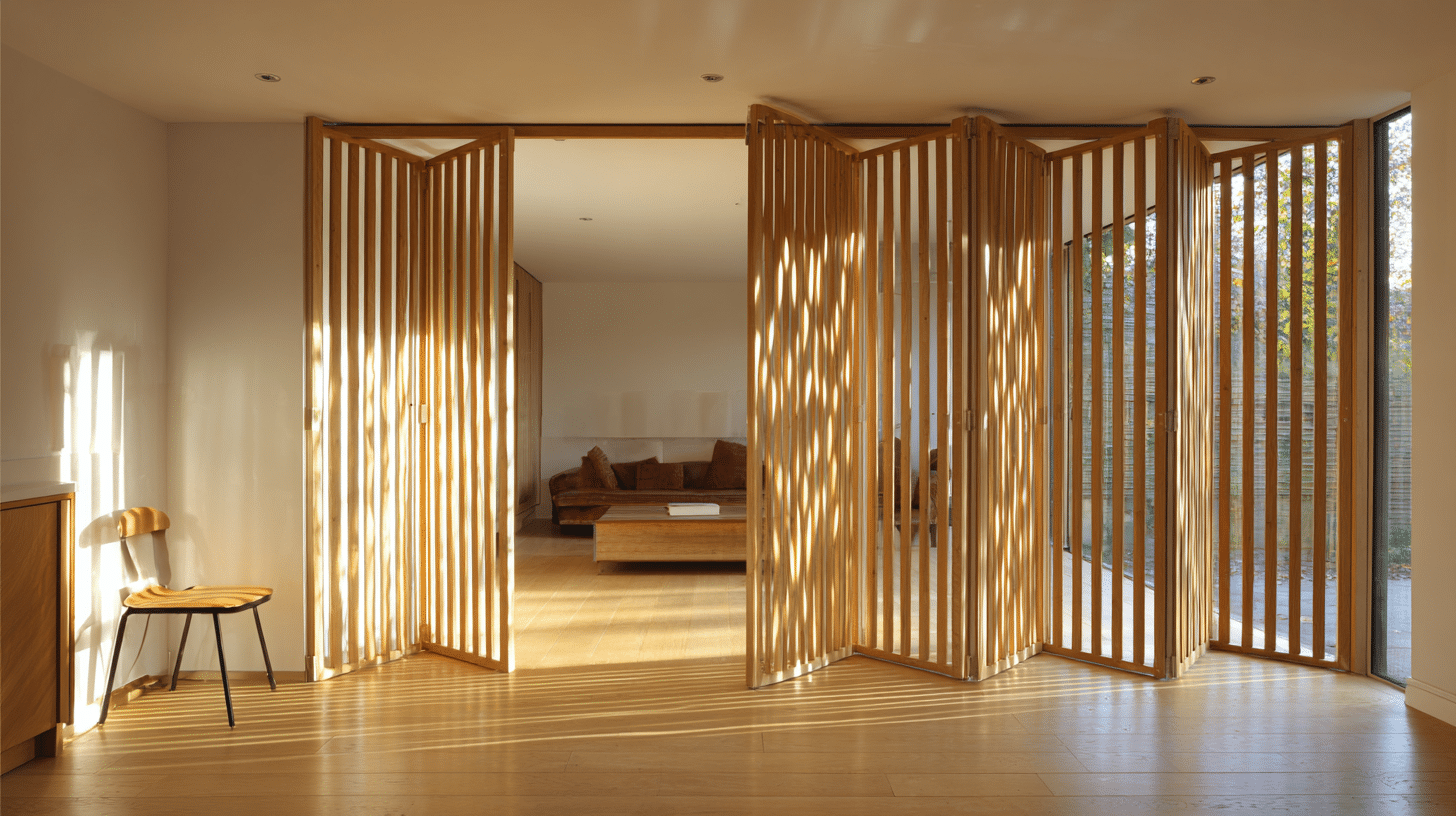
Folding screens or curtain panels can separate spaces without permanent construction. This allows you to adjust your layout according to your daily needs.
You can create a private space when working or open everything up for entertaining guests.
4. Add a Tokonoma Display Niche
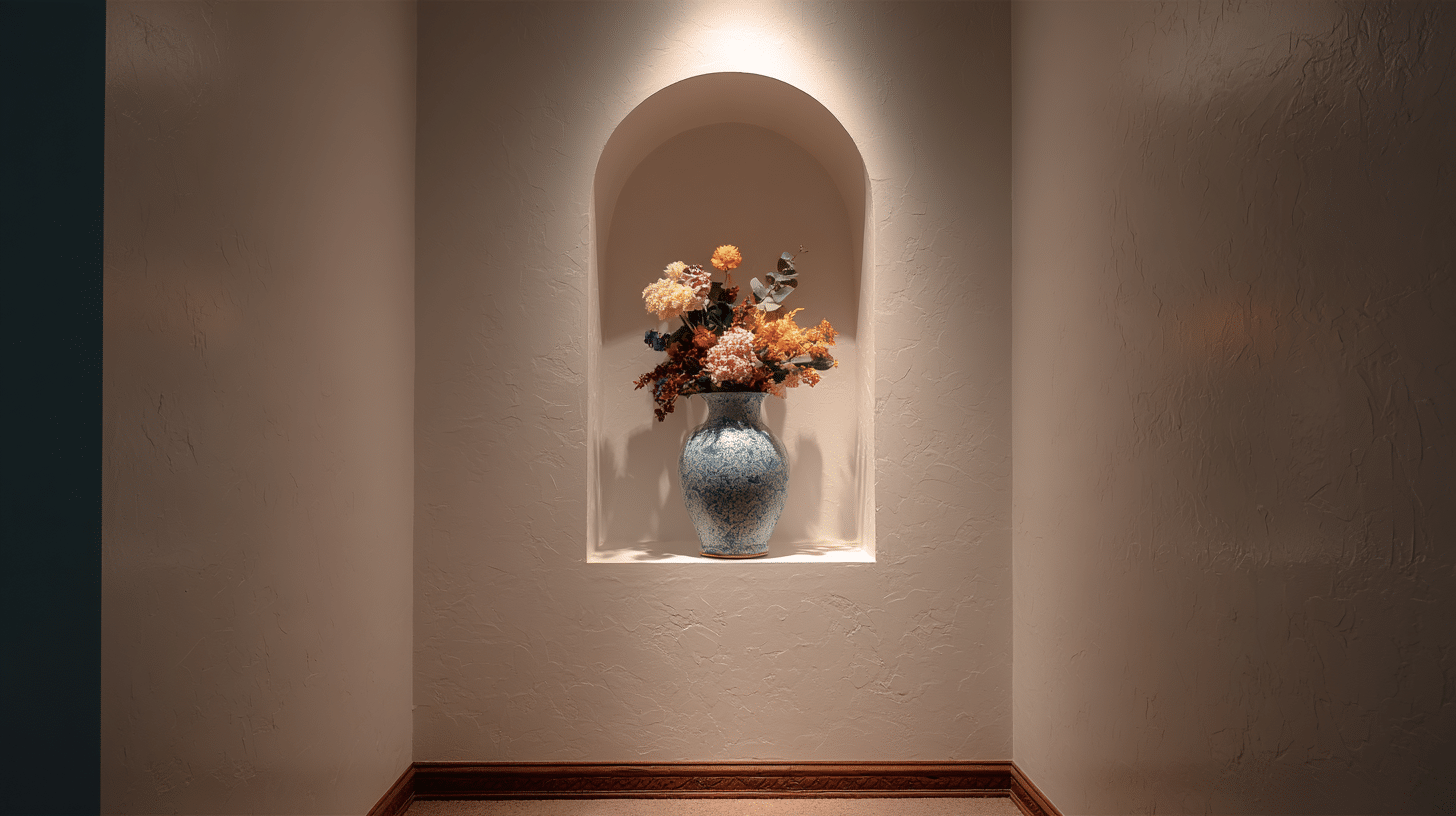
Create a small alcove or shelf to display one meaningful object. Change it seasonally with flowers, pottery, or art.
This becomes a focal point that draws attention without creating visual clutter throughout the room.
5. Choose Neutral Color Palettes
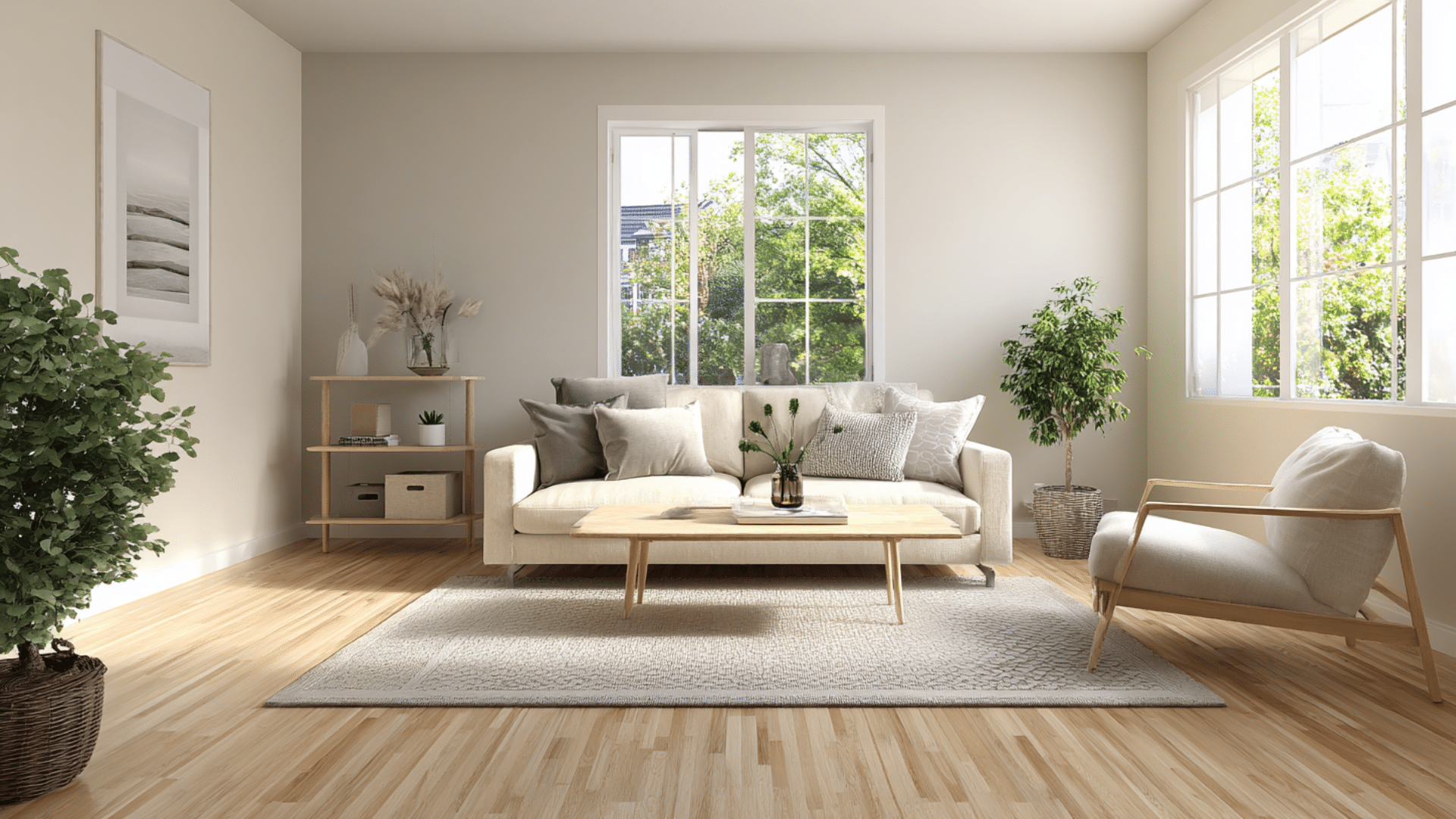
Stick to whites, beiges, and soft grays for your main colors.
Add cosyth with natural wood tones and subtle green plants. This color scheme helps rooms appear larger and more cohesive, creating a sense of unity.
6. Incorporate Table Features
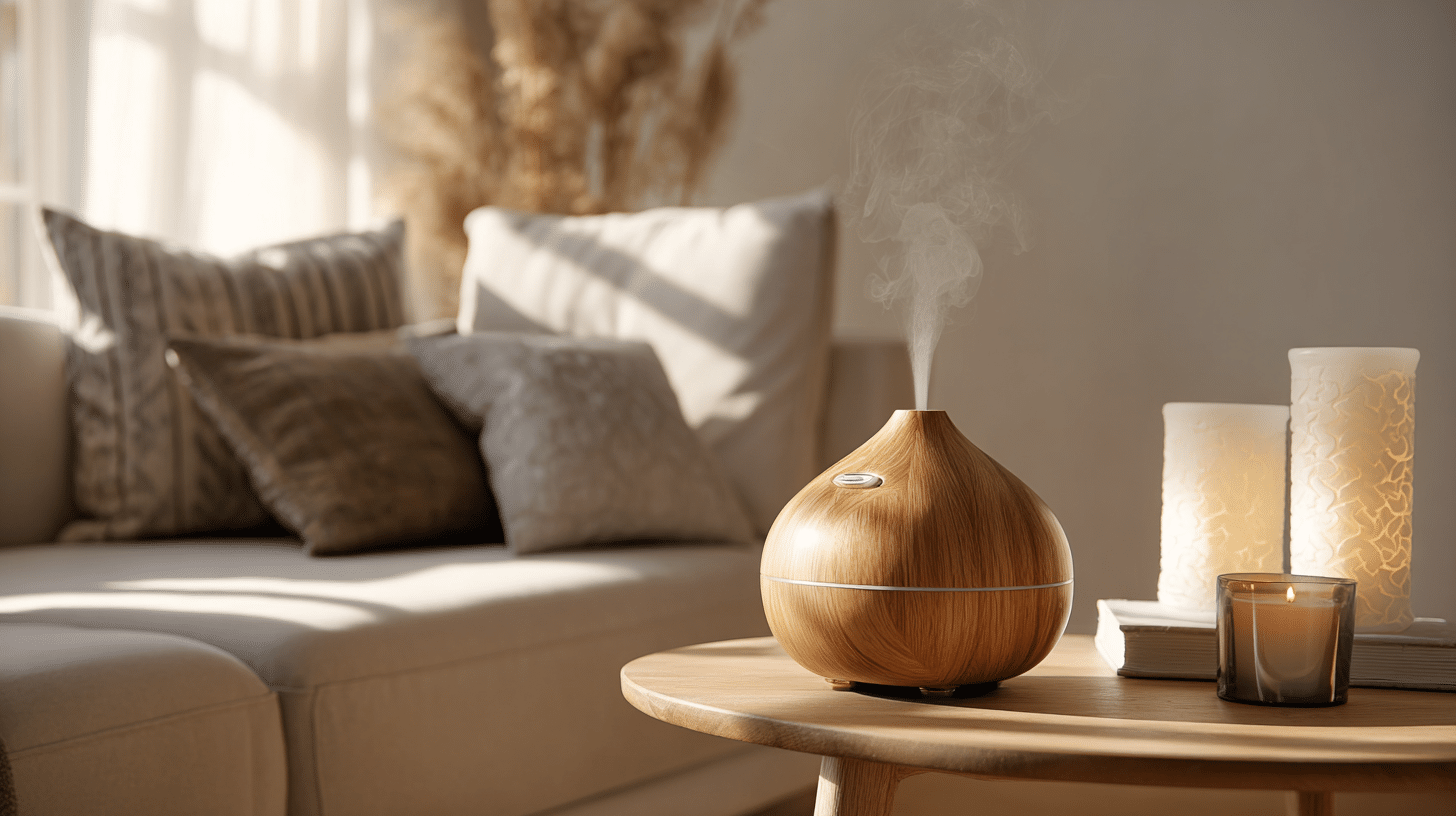
A small table with candles and a steamer features soothing sounds. The gentle bubbling helps mask outside noise, creating a spa-like atmosphere.
Even a simple bowl with floating candles works beautifully for this purpose.
7. Use Paper Lantern Lighting
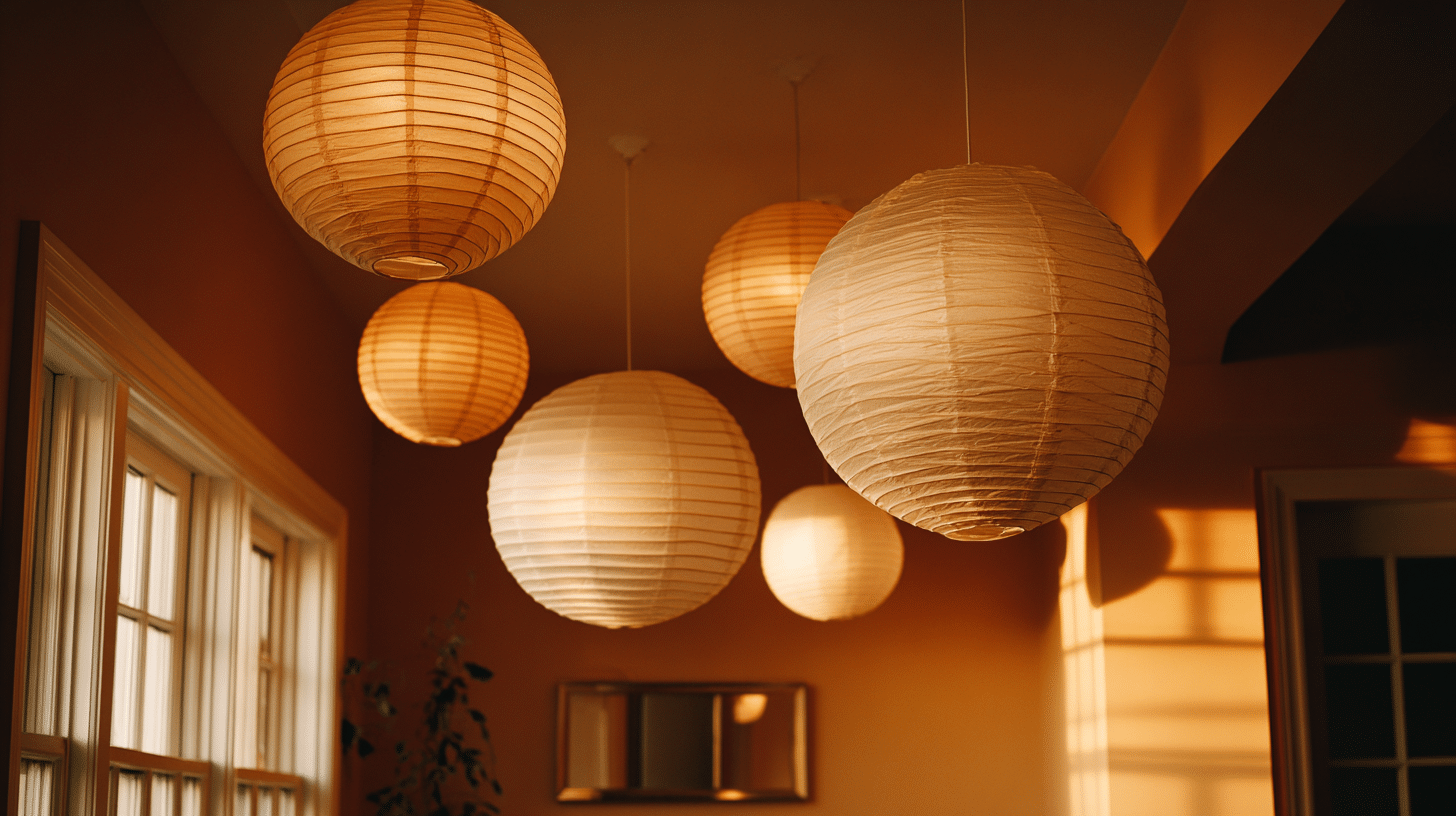
Replace harsh overhead lights with soft paper lanterns or pendant lights for a more inviting atmosphere. These create cosy, diffused lighting that feels cozy and inviting.
Layer different light sources at various heights to avoid dark corners while maintaining the gentle mood.
8. Install Built-in Storage Solutions
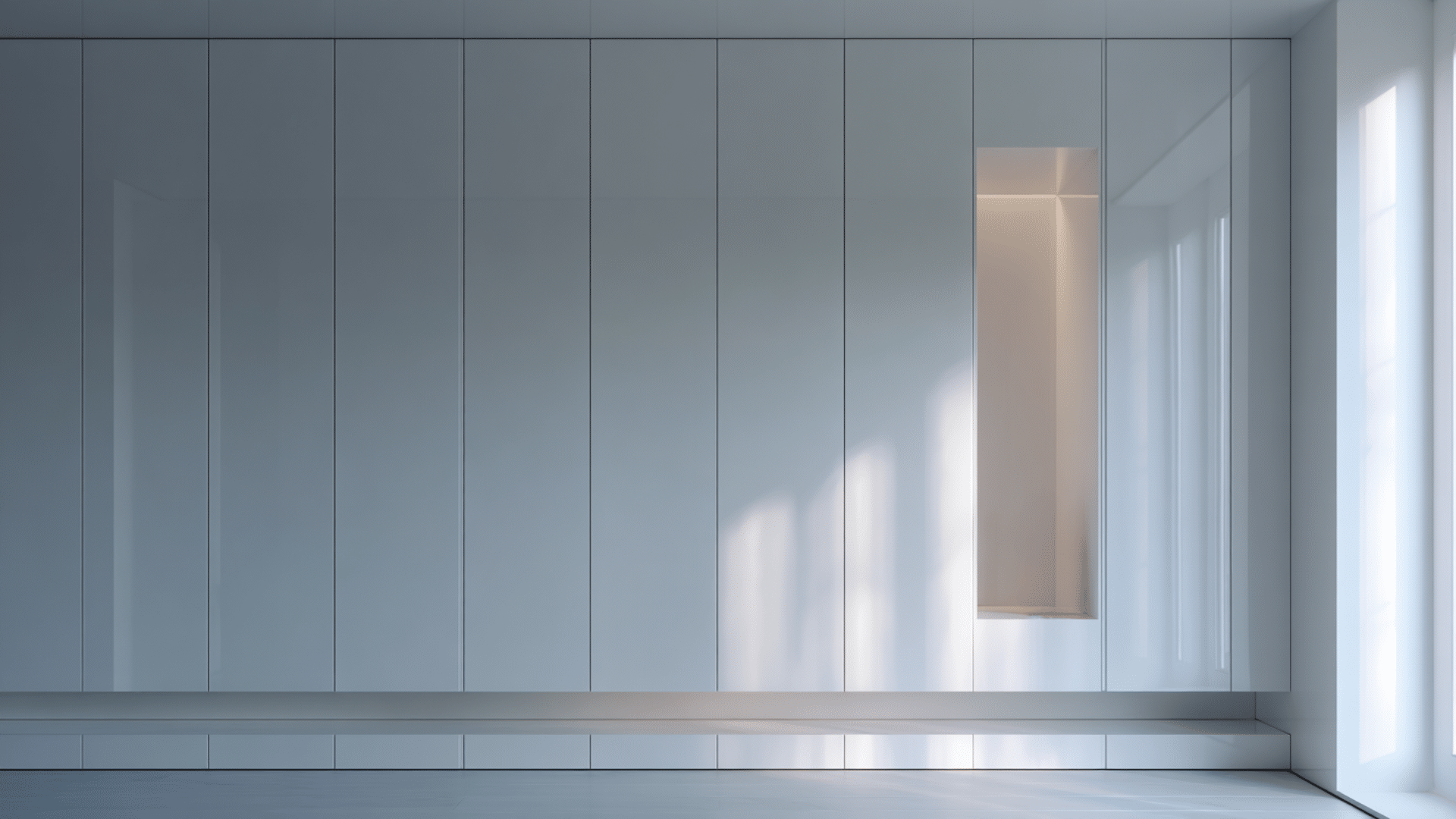
Hide clutter with custom cabinets that blend into your walls. Use clean, handle-free designs that don’t interrupt sight lines.
This keeps your space looking calm while providing ample room for everyday items.
9. Create an Indoor Plant Garden
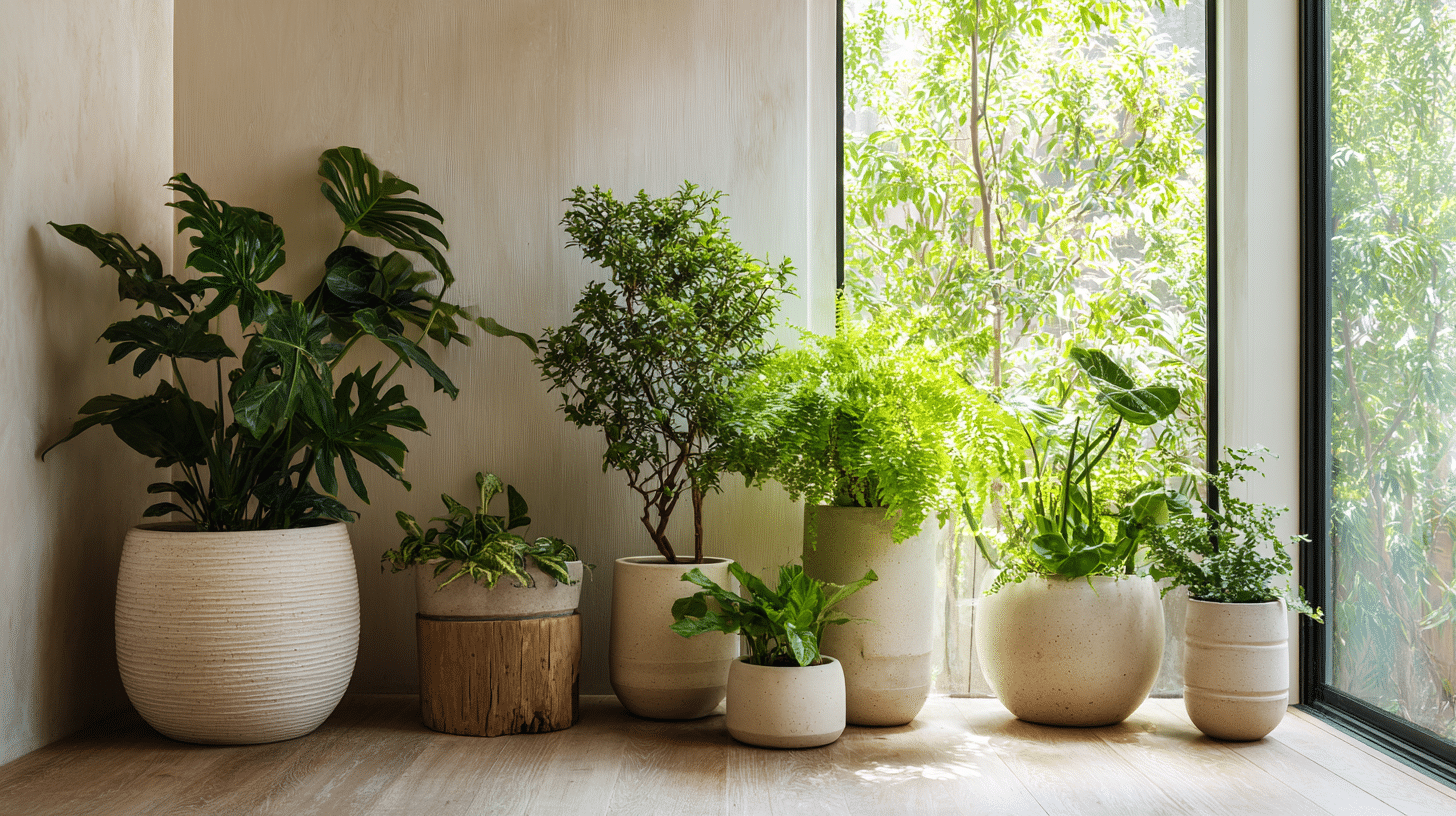
Group plants of different heights and textures in one corner. Use simple pots made from natural materials, such as ceramic or bamboo.
This brings life into your space while maintaining the connection to nature that’s central to Japanese design.
10. Add Sliding Panel Doors
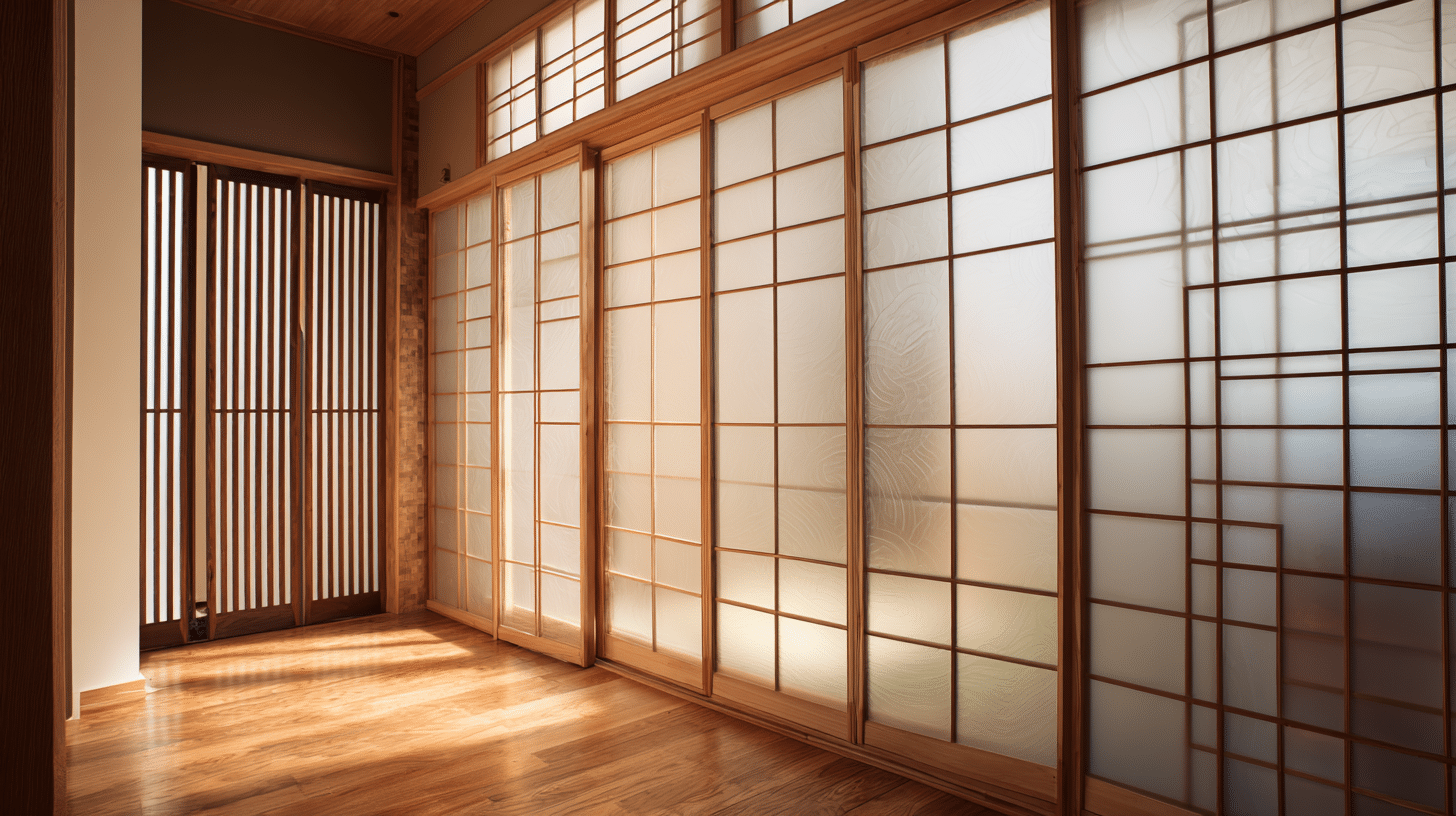
Replace traditional hinged doors with sliding panels where possible. This saves space and creates smoother transitions between rooms.
Choose frosted glass or natural wood panels that let light through while providing privacy when needed.
11. Design a Tea Corner
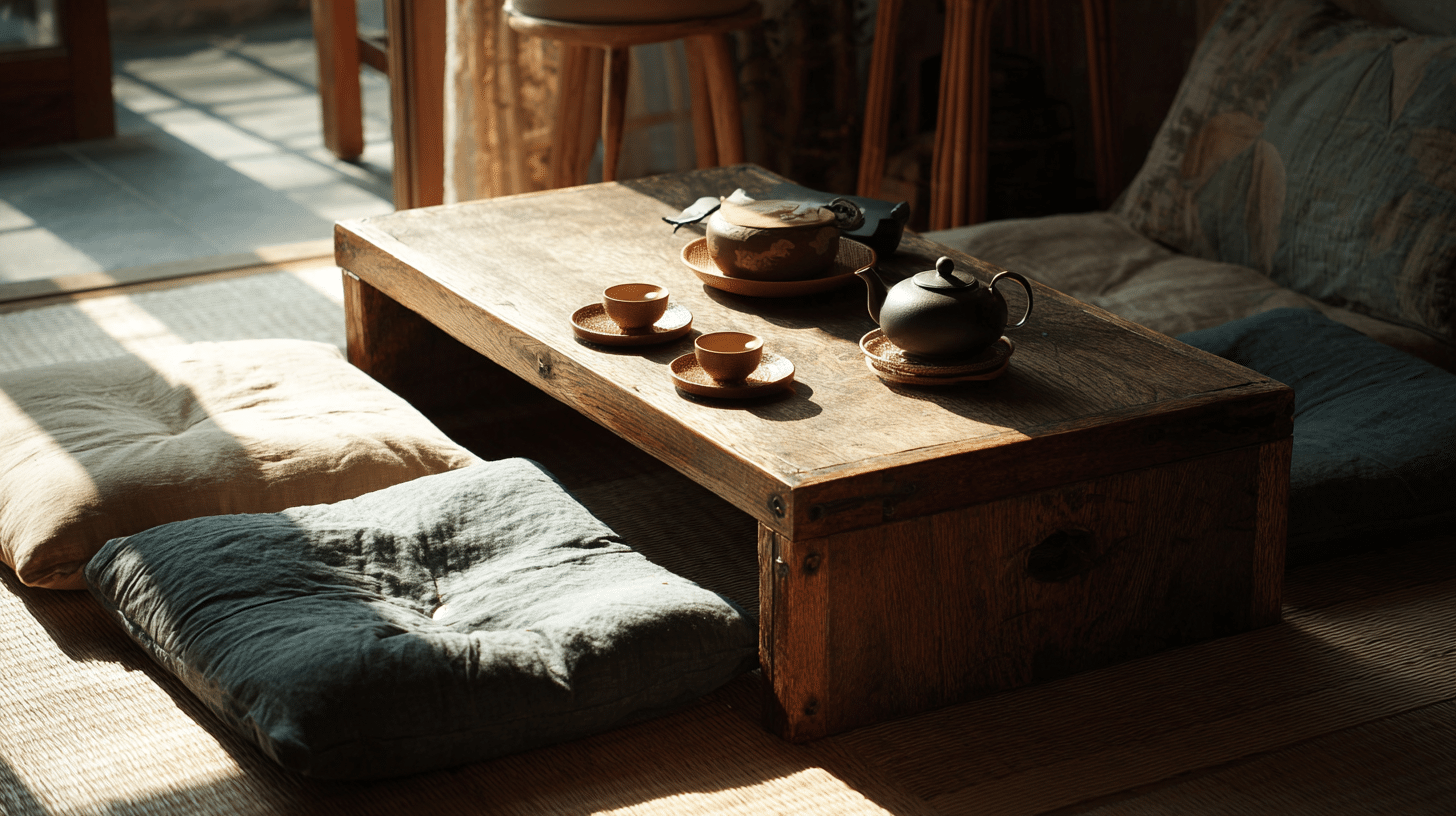
Set up a dedicated space for a tea ceremony or a quiet morning coffee. Use a low table, comfortable floor cushions, and simple tea accessories.
This creates a ritual space that encourages mindfulness and a slower pace of living throughout your day.
12. Use Natural Fiber Textiles
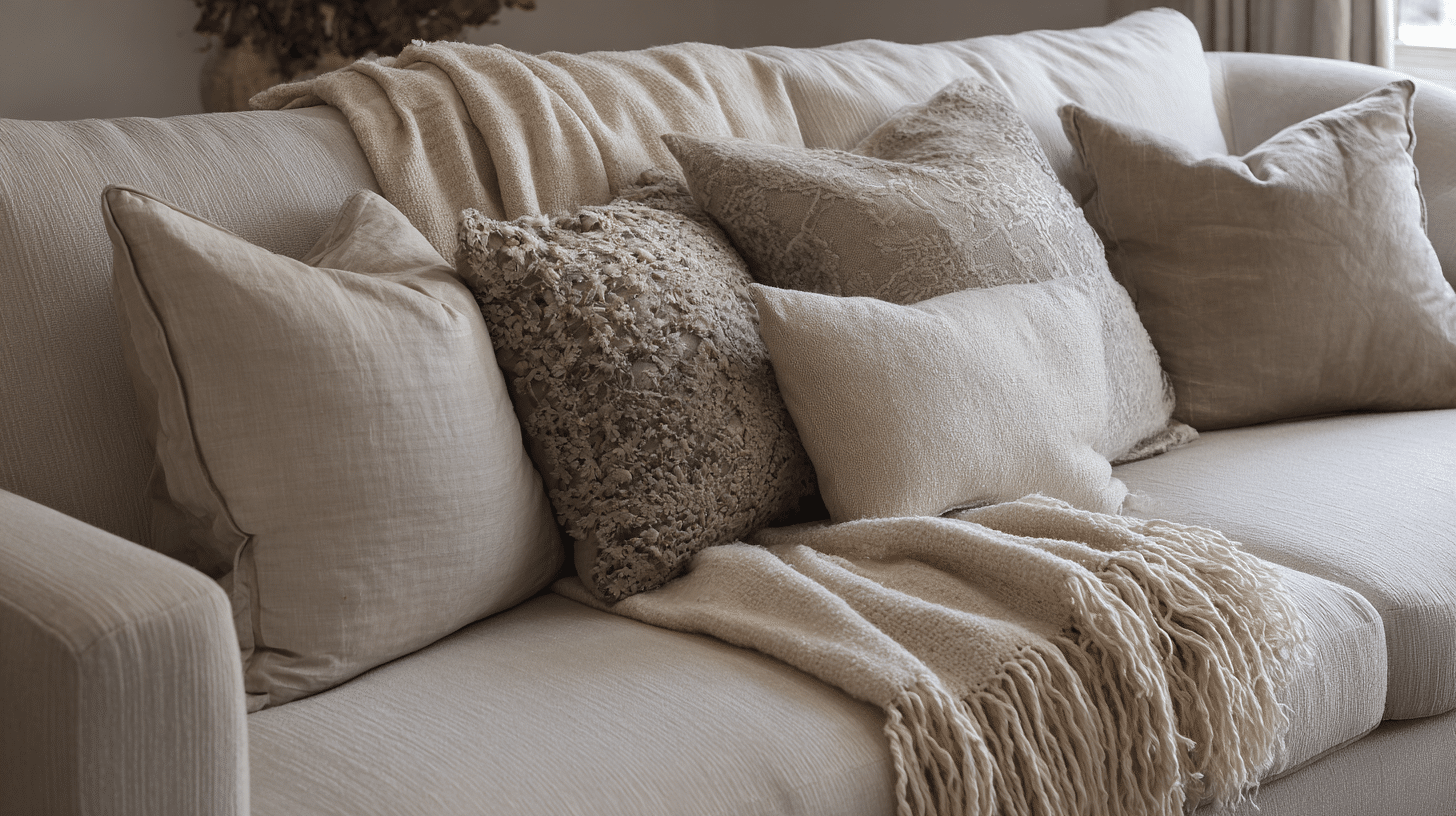
Choose linen, cotton, and wool fabrics in neutral tones. These materials age gracefully and feel good against your skin.
Layer different textures through throw pillows, blankets, and window treatments to add cosyth without visual complexity.
13. Install Large Windows or Skylights
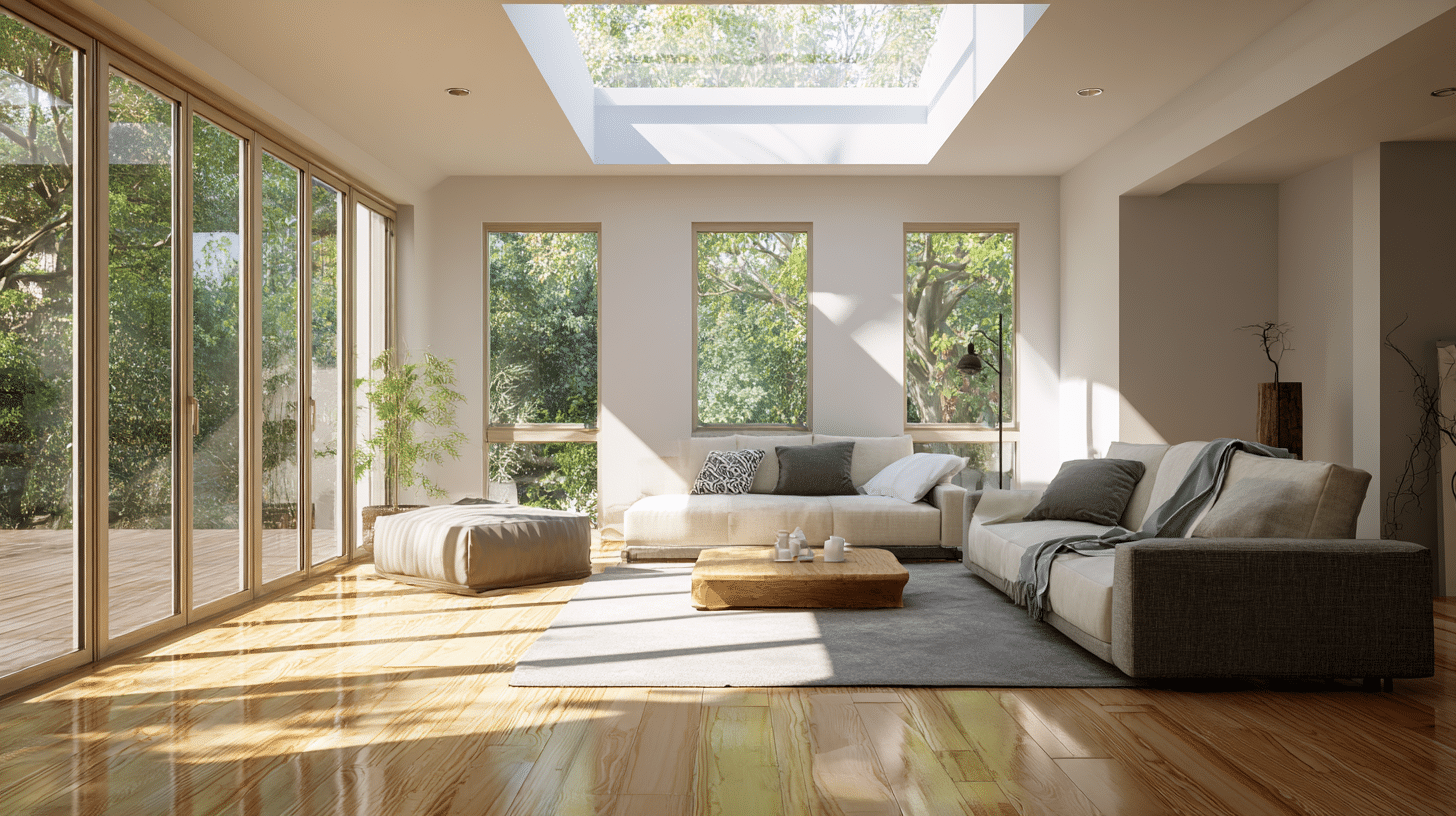
Maximize natural light by installing larger windows or adding skylights where possible. This connects your interior spaces to the changing sky and weather outside.
Natural light also makes rooms feel larger and more open throughout the day.
14. Create Multipurpose Rooms
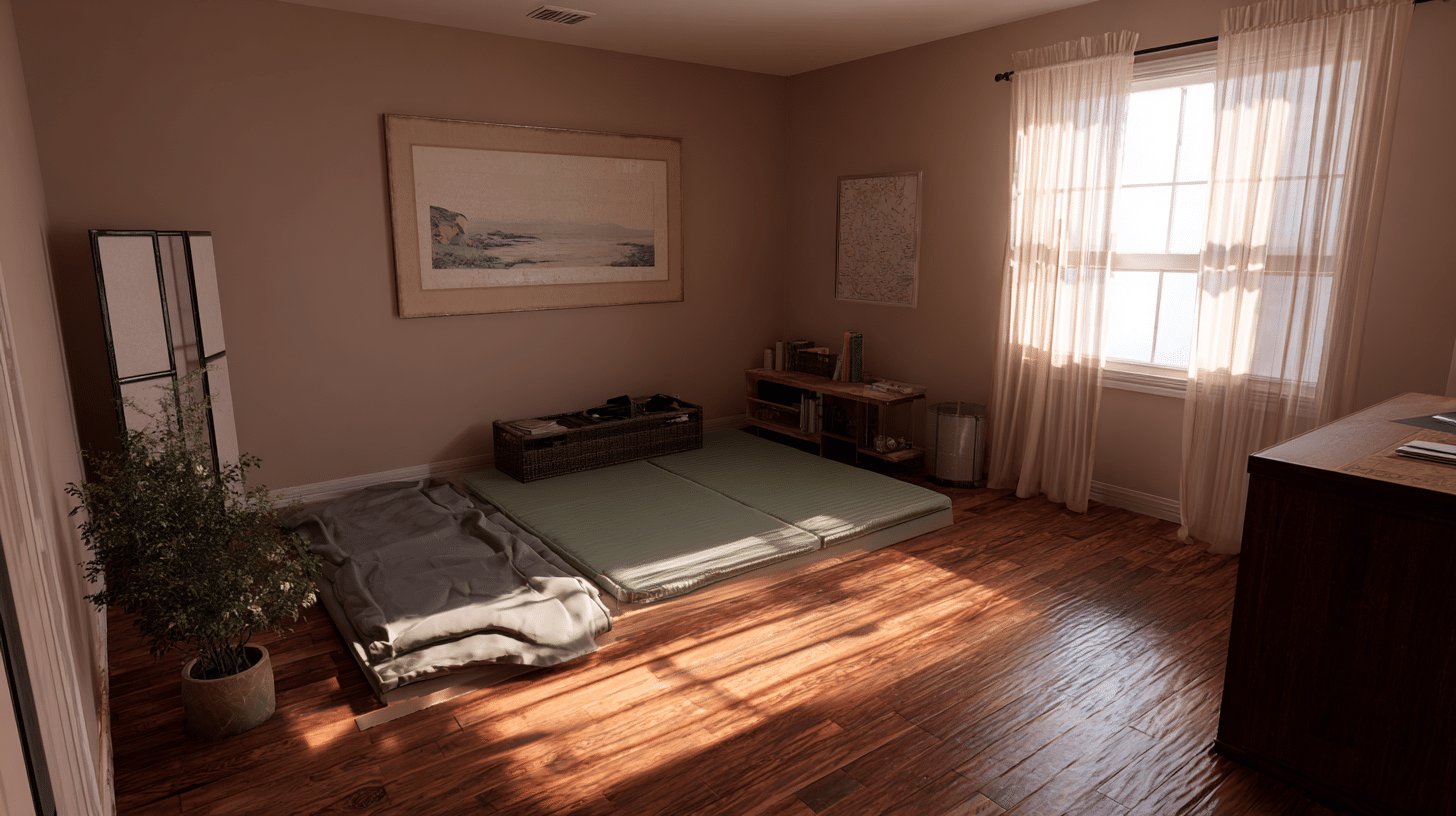
Design spaces that can serve multiple functions, adapting to your specific needs and requirements. A guest room can double as a meditation space or home office.
Use furniture that stores away easily to quickly and efficiently change the room’s purpose.
15. Add Bamboo Accents
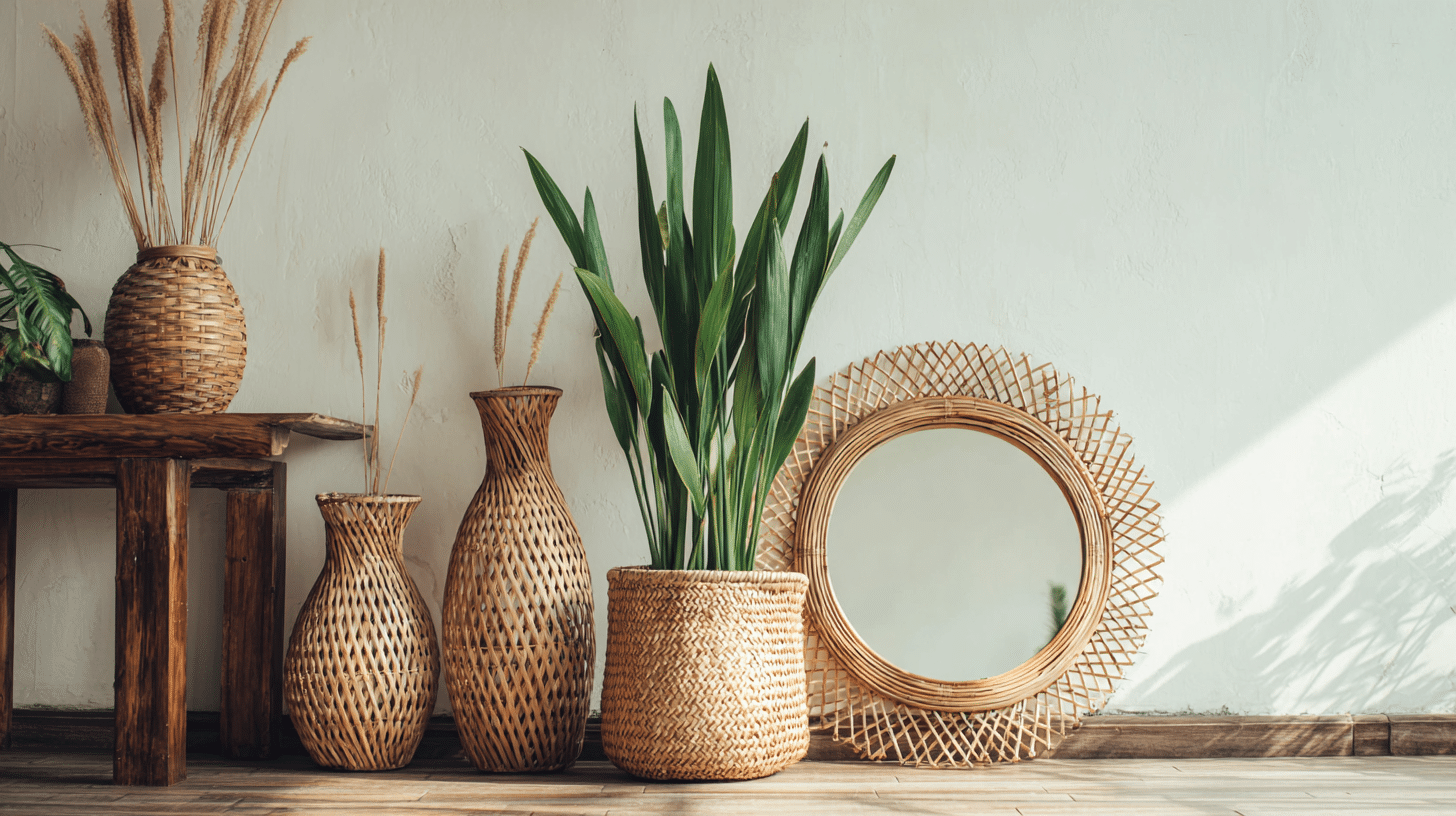
Incorporate bamboo through small accessories, such as picture frames, plant holders, or room dividers. This sustainable material adds texture and natural beauty.
Bamboo grows quickly and represents renewal and flexibility in Japanese culture and design philosophy.
16. Use Asymmetrical Balance
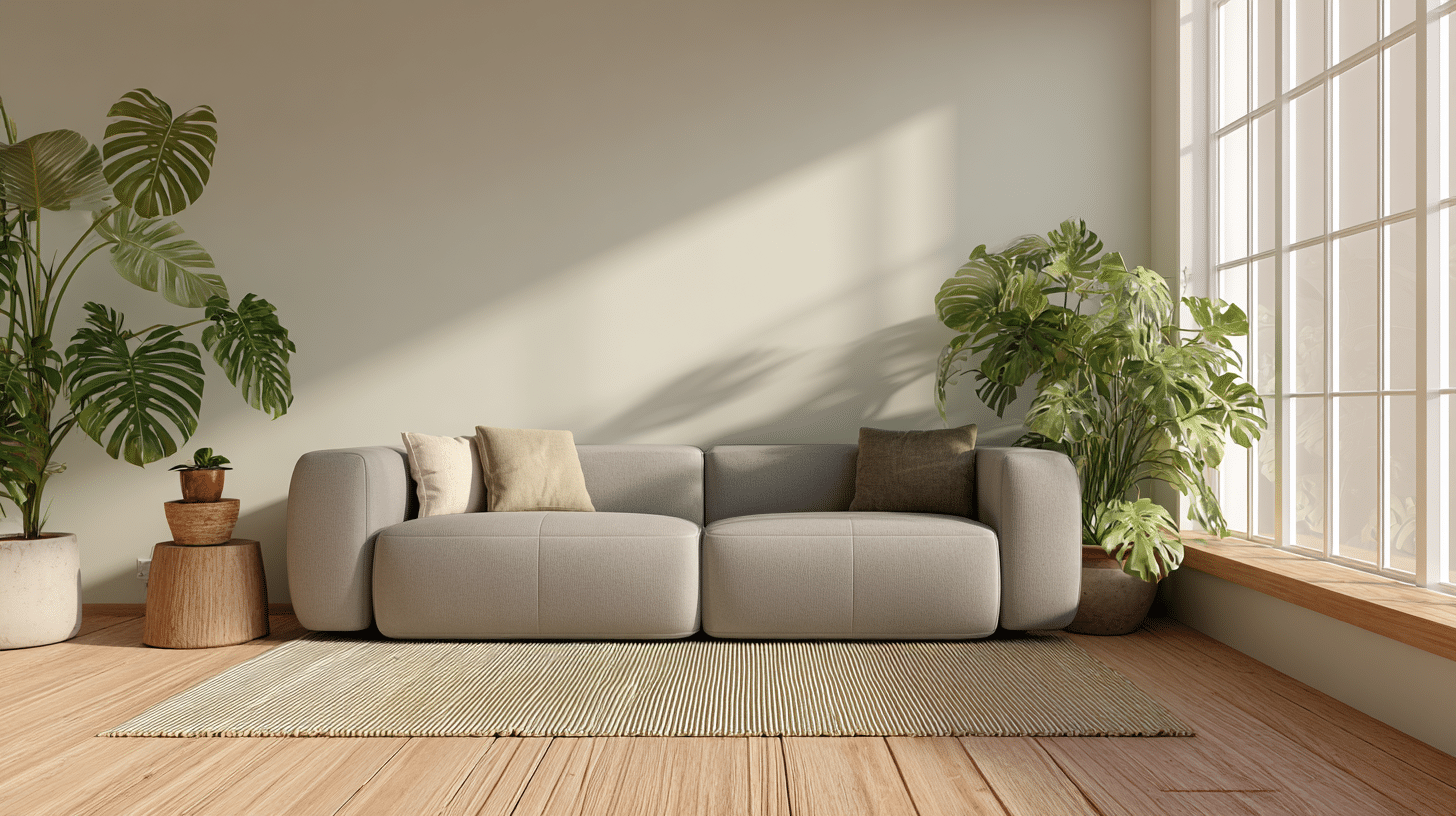
Arrange furniture and decor in a balanced, yet not perfectly symmetrical, way. This creates visual interest while maintaining harmony.
Consider weight and scale when designing your rooms and selecting furniture layouts, rather than relying on mirror-image placement.
17. Install Heated Floors

Radiant floor heating lets you enjoy bare feet even in winter. This supports the Japanese practice of removing shoes indoors.
cosy floors also reduce the need for bulky heating systems that can interrupt your clean, minimal aesthetic.
18. Create Outdoor-Indoor Connections
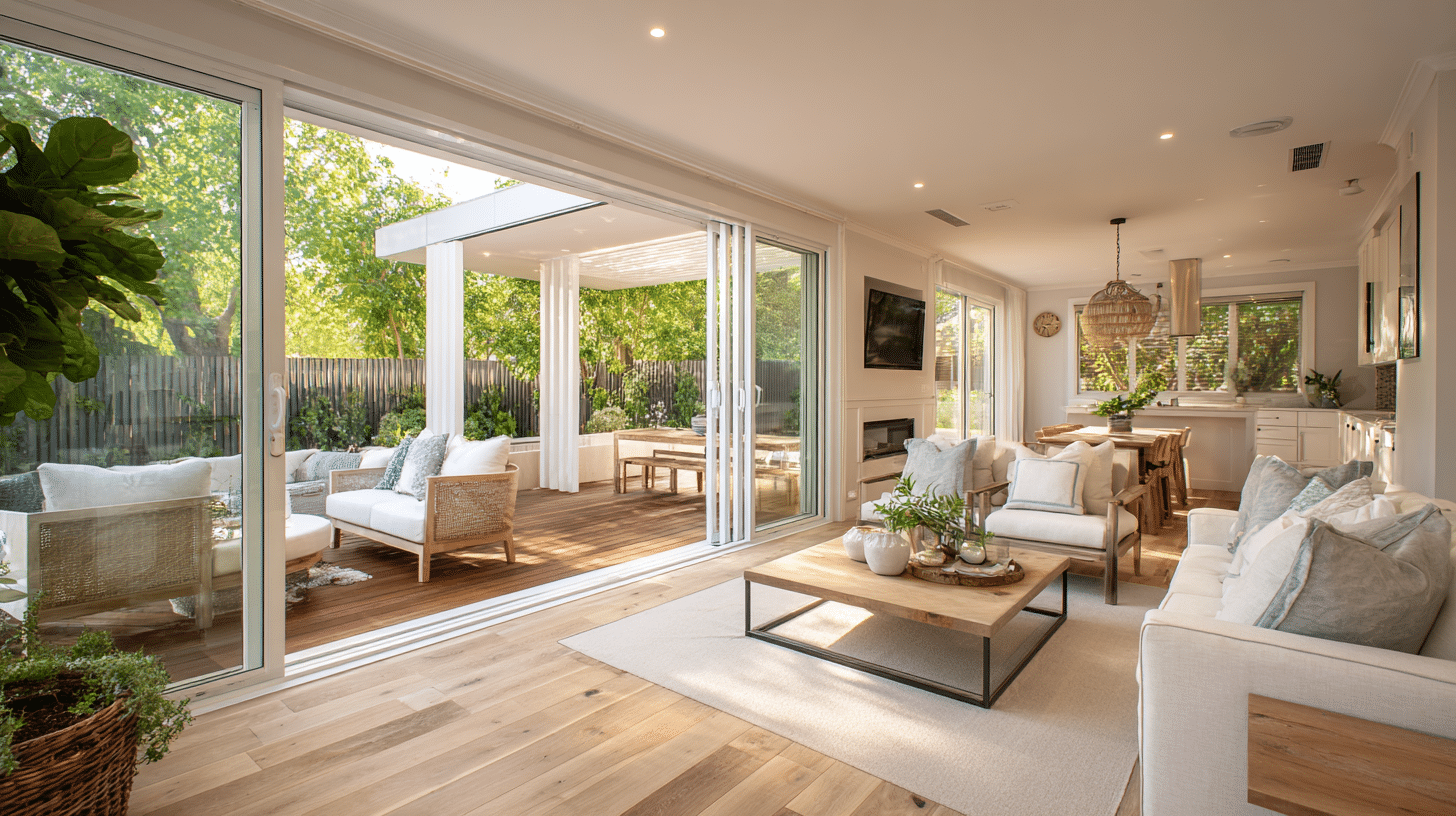
Use similar materials and colors both inside and outside your home. Install large glass doors that open completely to blur the boundary between spaces.
This makes your home feel larger and more connected to your garden or patio area.
19. Add Handcrafted Elements
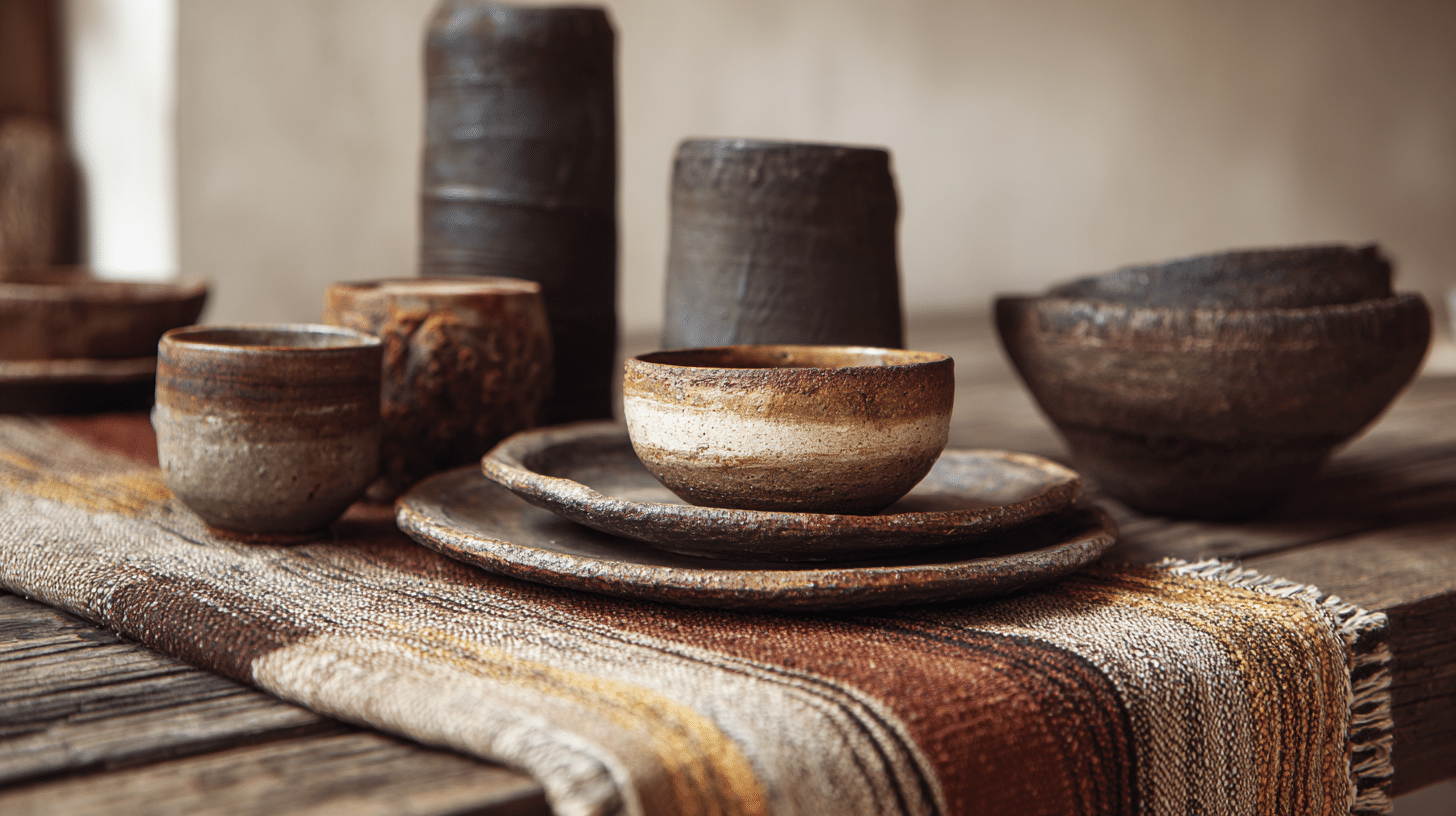
Include pottery, woodwork, or textiles made by artisans rather than mass-produced items. These pieces have character and tell stories.
Handcrafted objects also show the small imperfections that make wabi-sabi philosophy so beautiful and meaningful in daily life.
20. Design Flexible Storage Systems
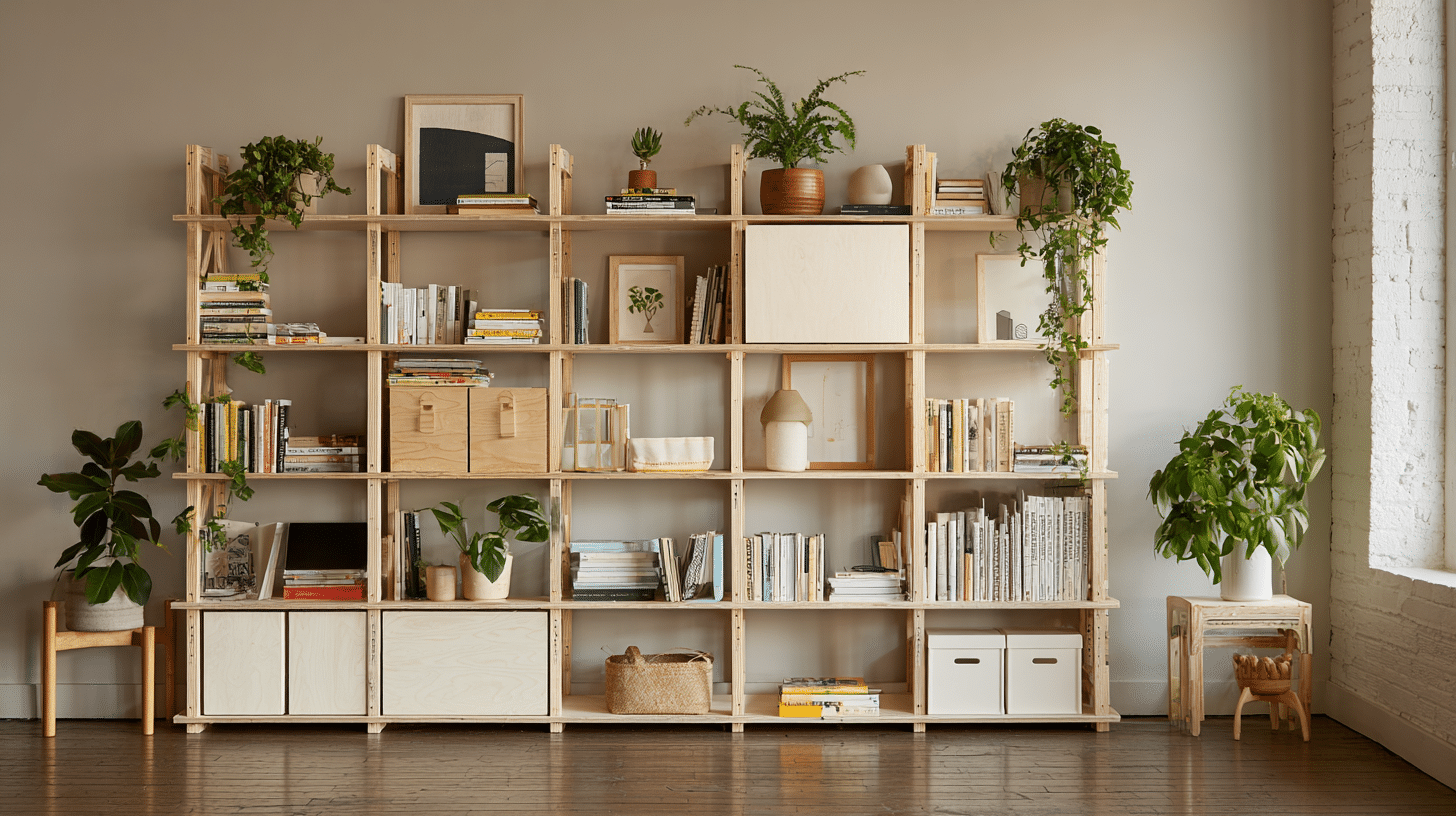
Utilize modular shelving and storage that can be reconfigured as your needs change. This prevents the accumulation of unnecessary furniture over time.
Flexible systems also allow you to adapt your space for various activities without requiring major renovations or expensive new purchases.
21. Incorporate Seasonal Displays
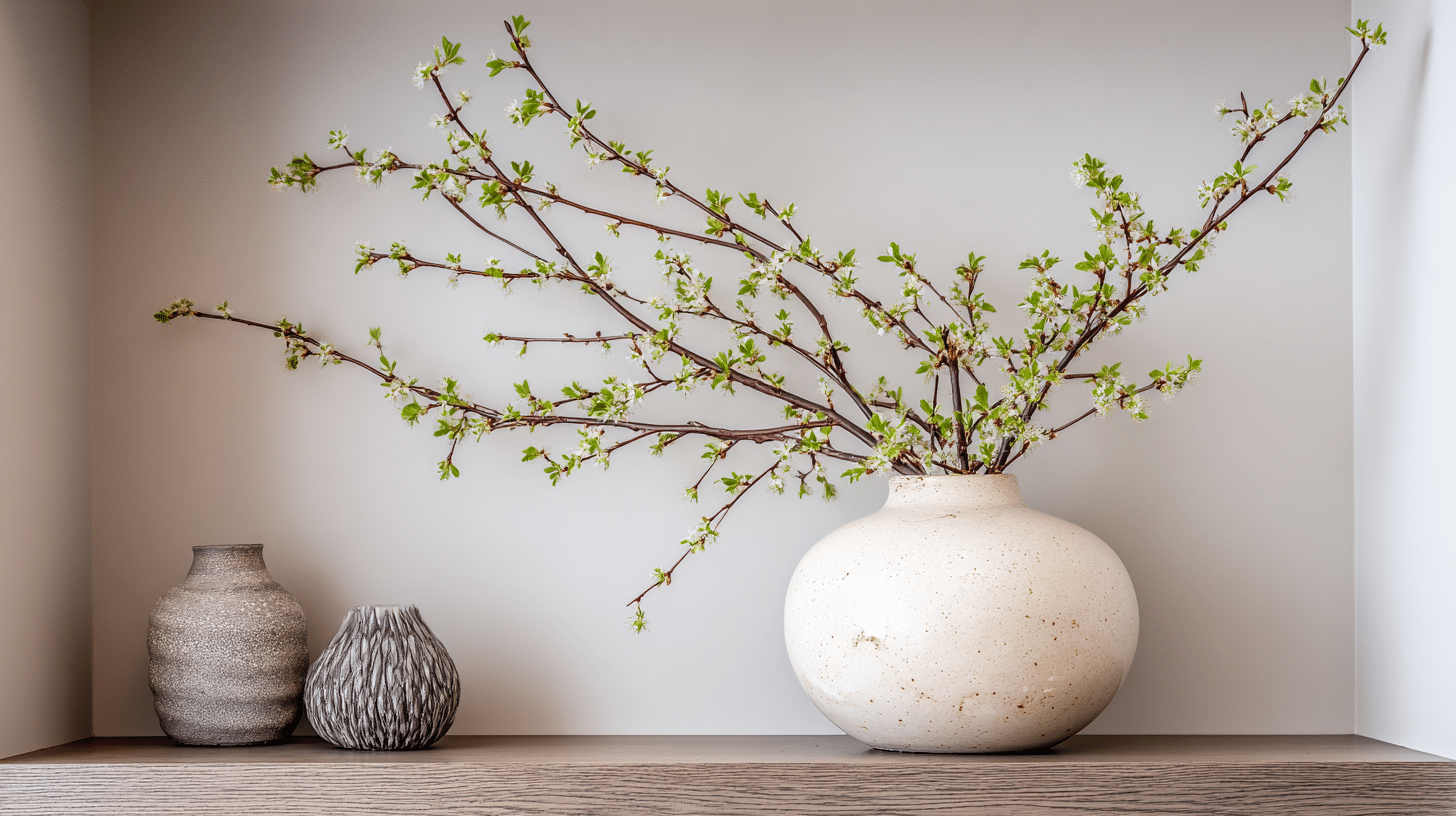
Enhance your decor with the seasons by incorporating natural elements, such as branches, stones, or flowers. This keeps your space feeling fresh without adding permanent clutter.
Seasonal changes also help you stay connected to nature’s rhythms and appreciate each time of year.
22. Use Quality Over Quantity
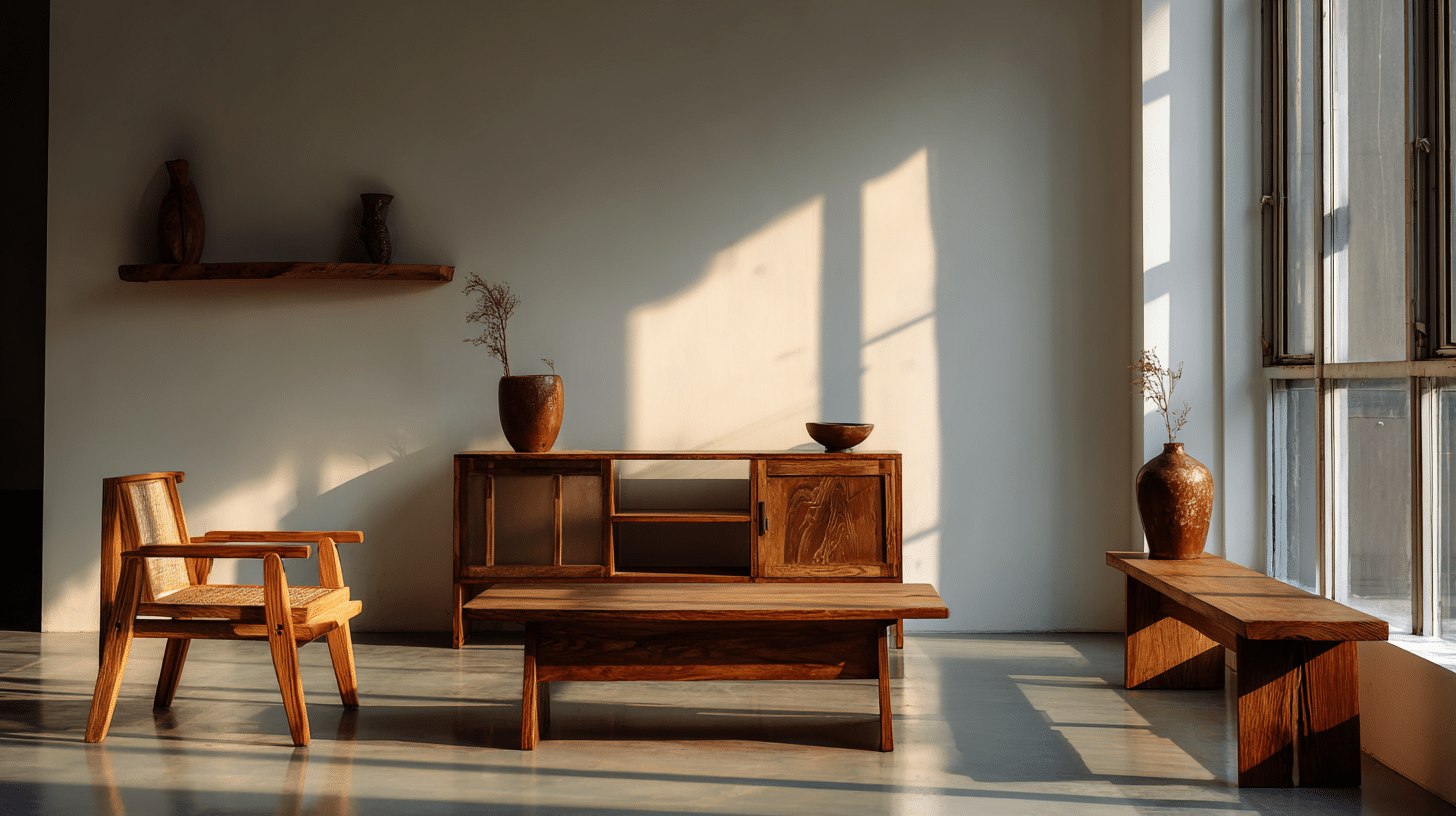
Invest in fewer, better-made pieces rather than filling your space with inexpensive items. Quality furniture and accessories last longer and look better as they age.
This approach also supports the Japanese value of respecting materials and craftsmanship in home design.
23. Create Meditation Spaces
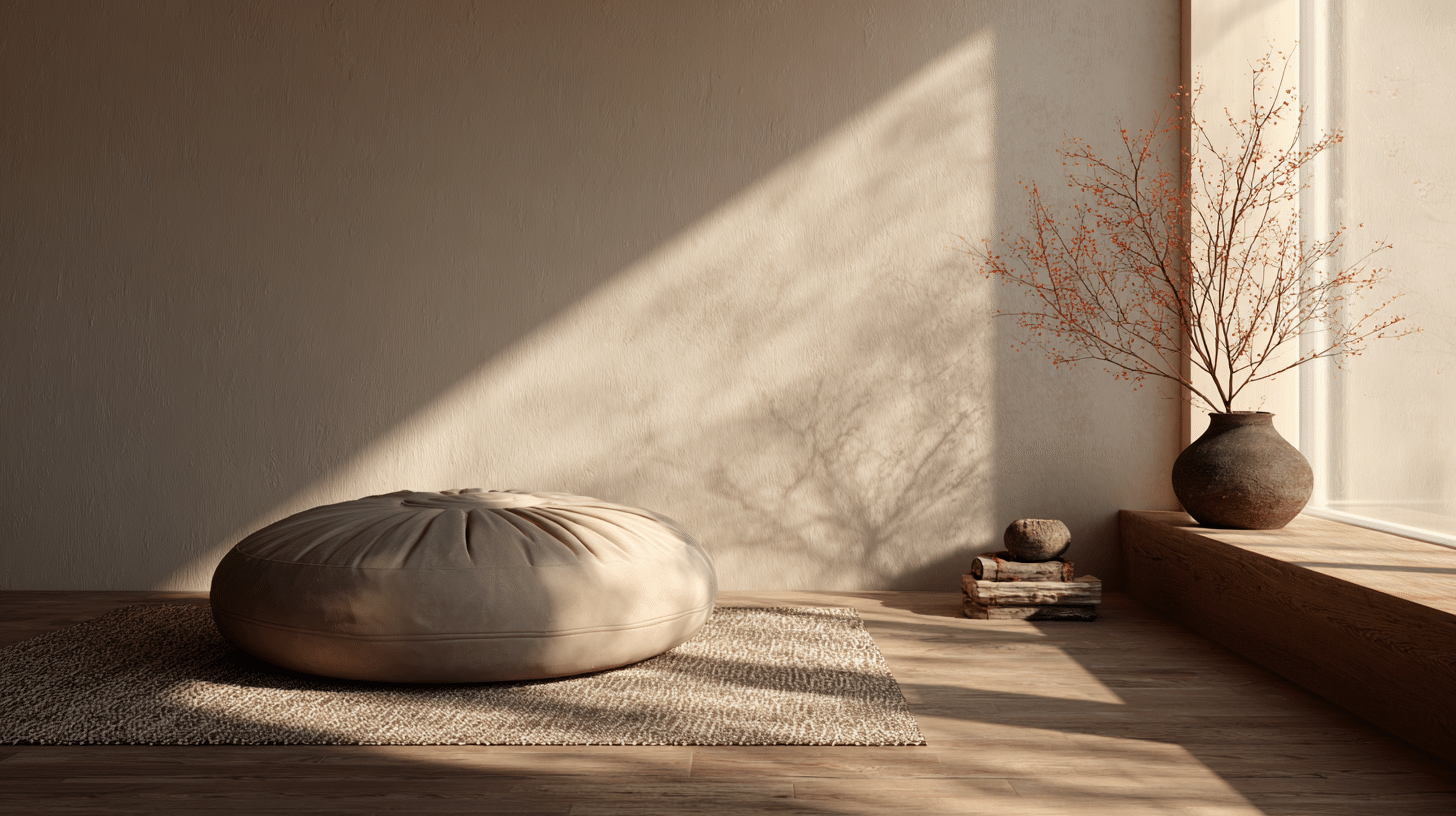
Designate a quiet corner or small room specifically for reflection and mindfulness practice. Use minimal furnishing and soft lighting.
Having a dedicated peaceful space in your home encourages regular moments of calm and helps manage daily stress more effectively.
Modern vs Traditional Japanese House
Let’s see how today’s Japanese homes compare to their historical roots. Both styles share core values but adapt to different lifestyles.
| Feature | Traditional Japanese House | Modern Japanese House |
|---|---|---|
| Materials | Wood, paper, straw | Steel, glass, concrete |
| Heating | Charcoal braziers | Central heating systems |
| Rooms | Multi-purpose spaces | Designated room functions |
| Technology | Minimal to none | Smart home integration |
| Privacy | Paper screens | Solid walls and doors |
| Size | Compact, efficient | Larger, more spacious |
| Maintenance | High upkeep required | Low-maintenance materials |
Both approaches create peaceful living spaces, just with different tools and techniques for modern comfort.
What to Consider when Choosing Japanese Interior
These key factors will help you make smart decisions about incorporating Japanese style into your home.
- Budget for quality materials like Natural wood and stone costs more initially.
- Evaluate your storage needs with a Minimalist design that requires excellent organization systems.
- Consider your family’s lifestyle, as Floor seating may not suit everyone’s needs.
- Check your home’s natural light, as Japanese style depends heavily on sunlight.
- Plan for seasonal changes and select flexible decor that can adapt throughout the year.
Conclusion
Japanese-style home designs offer more than just beautiful interiors.
It teaches us to live with intention and find joy in simplicity. Every element serves a purpose, and nothing exists just for show.
You don’t need to renovate your entire home to reap the benefits of these principles. Start small with one room or corner.
Remove items that don’t serve you. Add natural materials where you can.
Which aspect did you like the most?

